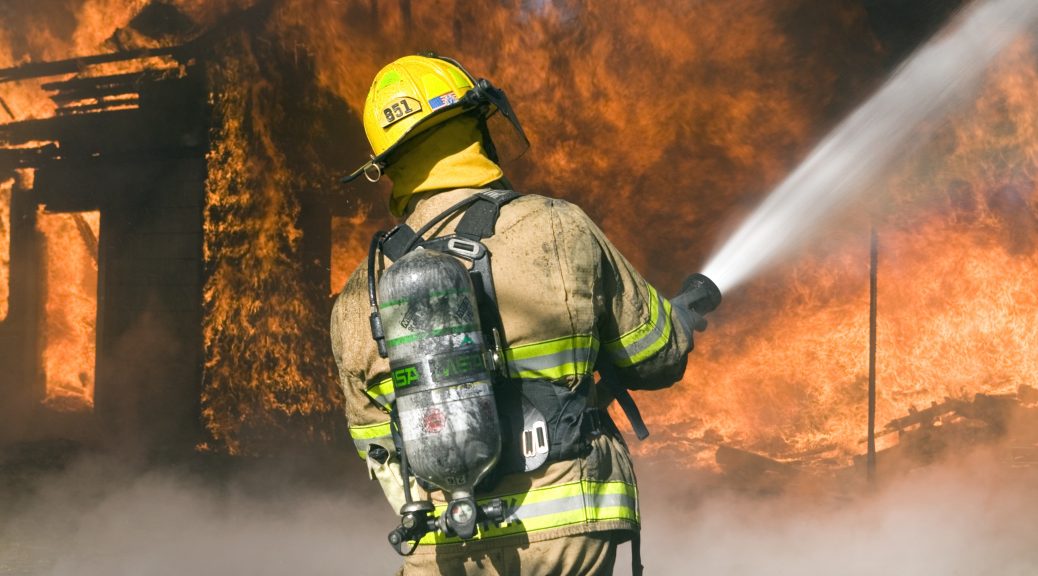Everyone loves a warm summer breeze coming in from the window. Maybe you’re working or relaxing, or simply enjoying the nice weather. However, it’s always important to remember window care is about more than just keeping them shiny.
- Always lock your windows before going to bed
It’s a good idea to make locking your windows part of your nighttime routine. Just like locking the doors, a sturdy lock on a window can prevent unwanted intruders.
2. Don’t rely on screens for anything other than bugs
Just because your window has a screen doesn’t mean it’ll catch anything that falls out of it—including pets and children. Screens are meant to keep bugs out.
3. Keep furniture or steady objects away from the windows
Cats, small dogs, and children are adept at climbing on things. Even if your window is far away from the ground, it’s best to make sure no loved ones are able to climb up and potentially fall out.
4. Trim bushes and branches near ground-level windows
Intruders tend to look for places where they can hide easily. Trimming any bushes or branches near the window makes it a much less sneaky spot for anyone trying to stay stealthy.
5. Consider replacing windows
Make sure you know how old your windows are and if they need any maintenance. This could be especially important if you live on or near a coastline that sees a lot of hurricanes or strong storms.
Windows are one of the many joys of owning a home—but are also consistently overlooked. Stay safe with these window tips.
For informational use only. Not applicable to all situations.
Sources:





